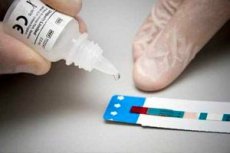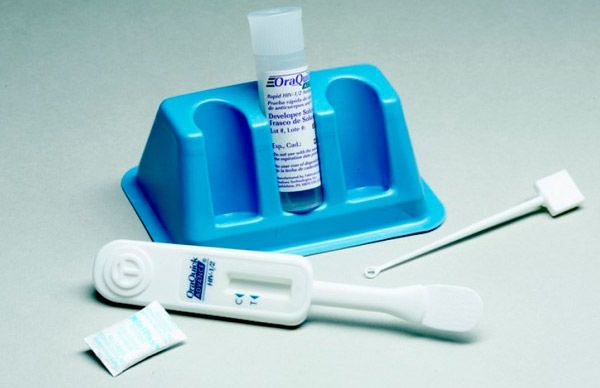Medical expert of the article
New publications
WHO proposes use of HIV self-detection tests
Last reviewed: 02.07.2025

All iLive content is medically reviewed or fact checked to ensure as much factual accuracy as possible.
We have strict sourcing guidelines and only link to reputable media sites, academic research institutions and, whenever possible, medically peer reviewed studies. Note that the numbers in parentheses ([1], [2], etc.) are clickable links to these studies.
If you feel that any of our content is inaccurate, out-of-date, or otherwise questionable, please select it and press Ctrl + Enter.

In honor of World AIDS Day, WHO has issued new guidelines for HIV self-testing.
Experts note that today diagnostic methods for HIV are not perfect, which is why some HIV-infected people do not receive antiretroviral drugs, since they either do not know about their status or cannot, for some reason, contact a special institution for diagnostics. Experts note that most people do not even realize that they are infected with HIV, many are at high risk of infection, and it is also noted that some people find it difficult to contact specialized services to check their HIV status.
Margaret Chan, Director General of WHO, stated that many people infected with HIV not only cannot receive proper treatment, but also pose a danger to others, and it is self-diagnosis of HIV that will help many to find out their HIV status. The new test can be done at home and requires saliva or blood from a finger, and in 15-20 minutes you can find out the results. If the result is positive, it is recommended to immediately contact a medical institution to confirm the diagnosis.
Such patients will be provided with advice regarding the disease and its treatment, and will also be referred to special institutions for the prevention and treatment of HIV patients.
According to WHO experts, self-diagnosis of HIV will allow testing a larger number of citizens and expanding the rights and opportunities of some categories of citizens, conducting early diagnostics of HIV. The new test is especially important for people who, for whatever reason, cannot seek help from the relevant services.
Over the past 10 years, the number of people who know their HIV status has increased by almost 50% globally and about 90% of patients receive the medication they need.
Globally, different categories of the population have problems accessing HIV diagnostics, men seek help less often than women, and HIV is detected more often by chance. Among women, high rates of infection are observed in the countries of Southern and Eastern Africa. High rates of HIV infection are also observed among prostitutes, homosexuals, transgender people, drug addicts, prisoners - these categories of citizens account for about 50% of cases.
Partners of HIV-infected people are also at great risk – up to 70% are also infected but do not even know it.
The new guidelines also include points to help people with HIV open up to their partners and help them get tested. An HIV self-test will allow people to know their HIV status and take appropriate action in a timely manner.
A new test has nearly doubled the rate of HIV detection among homosexuals, and research in Kenya has shown that standard diagnostic methods are half as effective as the new HIV self-test.

Currently, 23 countries have supported the idea of introducing HIV self-tests, and a number of countries are developing policies to reduce the spread of HIV, however, HIV self-testing is limited in them.
WHO proposed distributing HIV self-tests free of charge or making the price as accessible as possible to all segments of the population.
WHO is currently supporting three countries in South Africa to begin using HIV self-testing as part of the STAR project.

